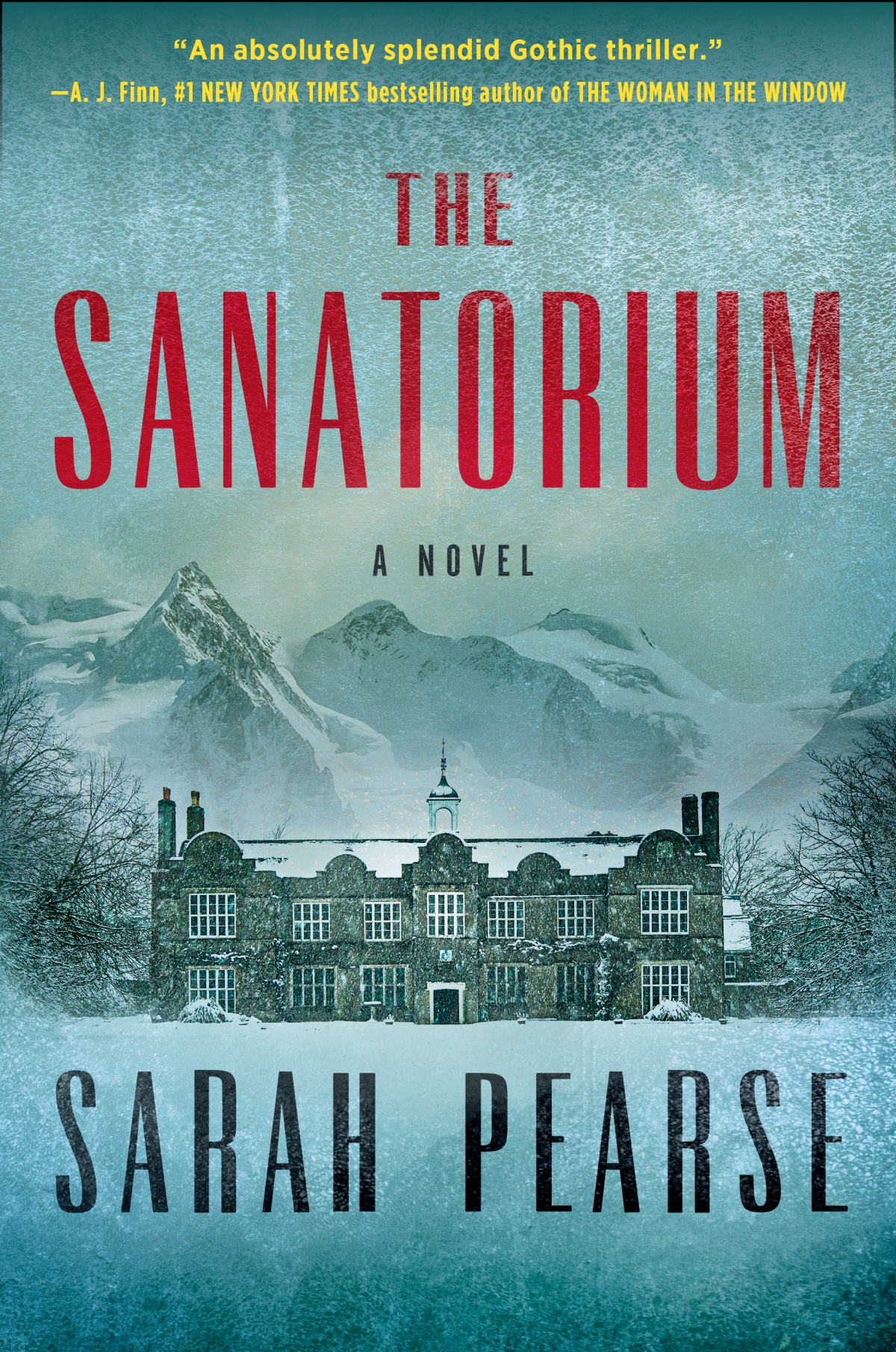Once a sanatorium for patients with tuberculosis, Le Sommet is now a posh hotel in the Swiss Alps with soaring glass windows, minimalist interior and relics of its past, when patients were sent most likely to die. Beautiful, it’s also isolated — miles away from the nearest town and accessible only by helicopter or a winding mountain road.

It’s not exactly the perfect place for Elin Warren to reconnect with her brother, Isaac, and his fiancé, Laure. Elin is dealing with a multitude of stresses. She is on leave from her job as a police detective, her boyfriend Will who is accompanying her is pressuring for a commitment, the human resources director wants a commitment from her to return to work, and, worst of all, she believes Isaac may have killed her young brother years ago in one of his murderous rages.
“The Sanatorium” is Sarah Pearse’s first novel and it’s a whopper — though a slight warning: reading it while the snow is falling outside your window just adds to the mounting dread. As avalanches and snowstorms make it impossible for help to arrive at Le Sommet, Elin races to solve the crime as one by one people, including her former best friend and Isaac’s fiancée are being brutally dispatched wearing treatment masks from when the place was a sanitarium. It calls for all of Elin’s strength, as she remains unsure and unsettled about her past and her future.
The secrets at Le Sommet are complex and many. Elin wonders who she can trust among the secret rooms high up in the building, almost face-to-face with the mountain walls inside a deep tunnel where Elin discovers a body and is almost locked underground with the corpse. And there is her own relationship with Will, whom she loves but feels she is losing because of her own uncertainties. Will she be able, she wonders, to overcome her overwhelming doubts about herself and move forward, or will she become the next victim of a vicious killer?
Pearse, who describes herself as an avid reader, moved to Switzerland in her early 20s and fell in love with the charming Swiss Alpine town of Crans Montana and the mountains around it both of which became the setting for her novel.
“I’m always struck by the drama of the mountains,” she said in a Zoom call from her home in South Devon where she lives with her husband and two daughters.
That interest — as well as reading about the sanatoriums that existed before effective treaments tuberculosis existed, and it was thought that the clean, crisp mountain air, would help — form the plot of her novel.
“I read books about that time and there were photos of half-naked kids in the snow because they thought that would help heal their lungs,” Pearse said. “I also wanted to write a book about family dynamics.”
Reese Witherspoon, who selected “The Sanatorium” as a Reese’s Book Club Pick describes it as “An eerie, atmospheric novel that had me completely on the edge of my seat.”
This review previously ran in the Northwest Indiana Times: BOOKS: Former Alpine sanatorium provides setting for ‘eerie, atmospheric novel’ | Books & Literature | nwitimes.com







